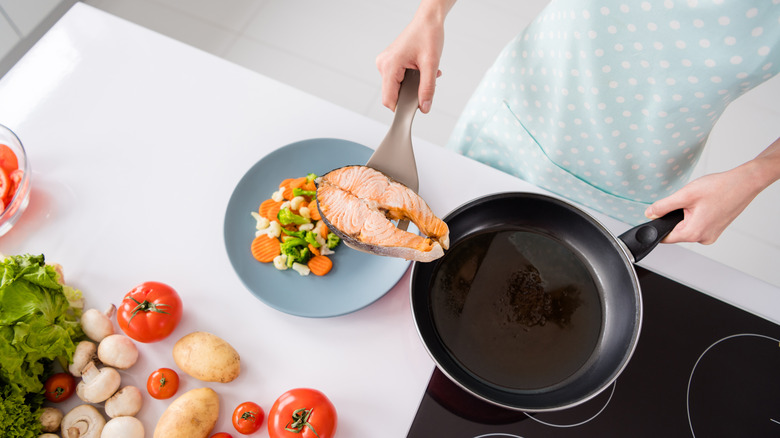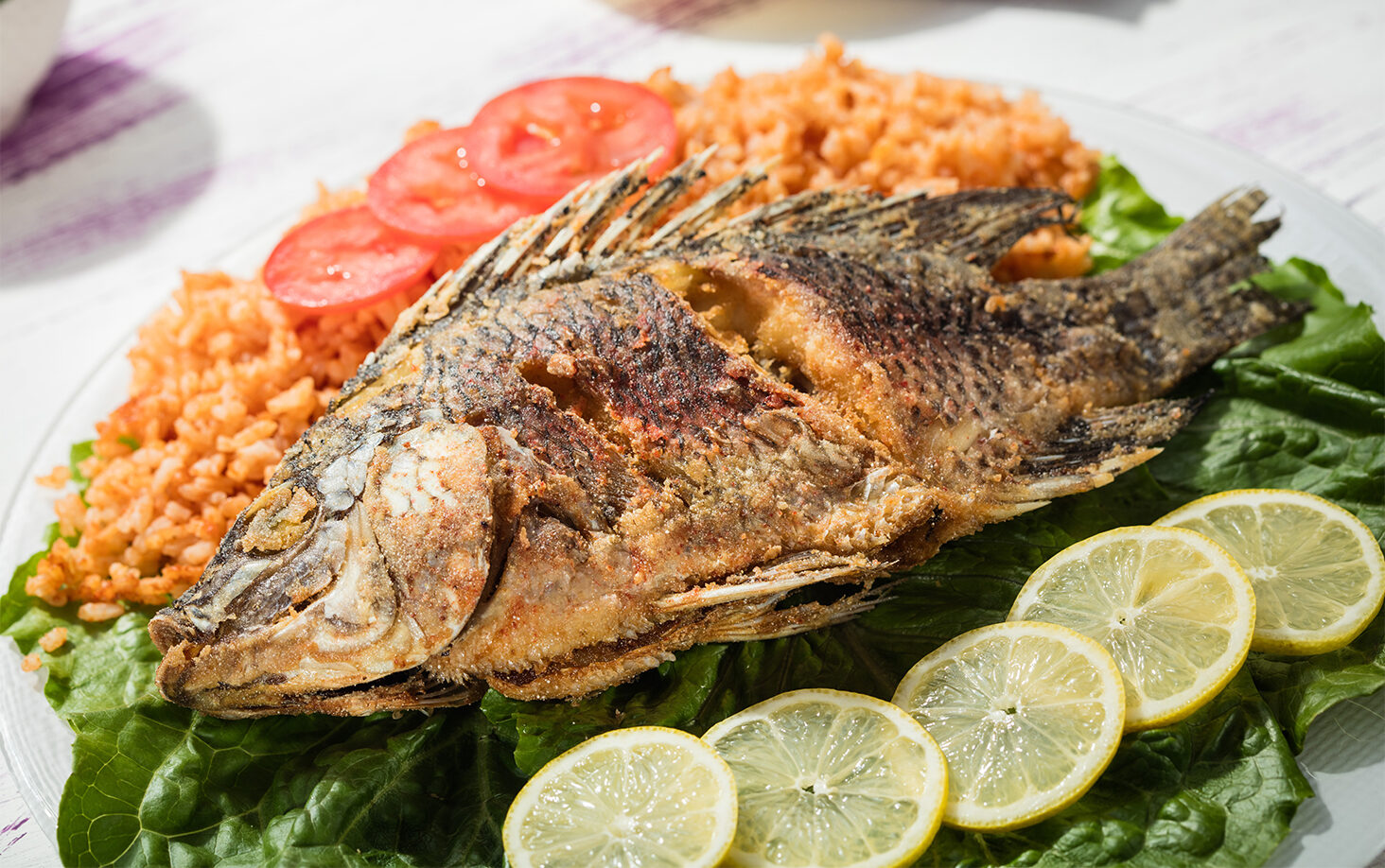How to Cook Fish for a Cat: Delicious, Nutritious, and Fun Recipes
Written By James Morgan
When it comes to pampering our feline friends, nothing says 'I love you' quite like a home-cooked meal. Cats, by nature, are obligate carnivores, which means their primary diet stems from animal proteins. Fish, in particular, is a popular choice, packed with nutrients that can benefit your cat in numerous ways. In this guide on how to cook fish for a cat, well dive deep into the nitty-gritty of preparing fish, ensuring its safe, delicious, and highly nutritious for your furry companion.

Why Cook Fish for Your Cat?
First and foremost, let's understand why we should consider cooking fish for our cats. Fish is full of omega-3 fatty acids, which are excellent for a cat's skin, coat, and overall health. It's also rich in taurine, an essential amino acid for cats that supports heart health, vision, and reproductive functions. Moreover, cooking fish at home gives you complete control over the ingredients, ensuring no harmful additives or preservatives are included. This guide on how to cook fish for a cat will help you provide a safe and healthy meal for your beloved pet.

Ingredients Needed for Cooking Fish for Your Cat
Lets get started by listing out the basic ingredients you'll need:
- Fresh Fish: Preferably deboned and skinless. Salmon, tuna, and whitefish are great options.
- Water: For boiling or steaming the fish.
- Cat-Safe Herbs: Optional, but a sprinkle of parsley can be beneficial.
Step-by-Step Guide on How to Cook Fish for a Cat
1. Choosing the Right Fish
When learning how to cook fish for a cat, the first step is selecting the right type of fish. Certain types of fish like salmon, tuna, and whitefish are generally well-tolerated by most cats. Avoid fish that are high in mercury, such as swordfish. Also, always opt for fresh, high-quality fish to avoid any potential hazards related to parasites or spoilage.
2. Prepping the Fish
Once you've chosen the appropriate fish, its time to prep it for cooking. Use a knife to remove any bones and skin. Be meticulous during this process, as small bones can be hazardous for your cat. Place the cleaned fish on a cutting board and cut it into small, manageable pieces.
3. Cooking Methods
Boiling the Fish
Boiling is one of the simplest ways to cook fish for your cat. Fill a pot with water and bring it to a boil. Add the chunks of fish and let them cook until they are fully opaque and flake easily with a fork. Ensure the fish cools down completely before serving it to your cat.
Steaming the Fish
Steaming is another excellent method that preserves the natural flavors and nutrients of the fish. Place the fish pieces in a steamer basket and cover with a lid. Steam until the fish is cooked through and tender. Be sure to let it cool before offering it to your pet.
Using a Griddle for a Special Treat
If you're looking to give your cat a special treat, consider using a griddle. Lightly grill the fish pieces on both sides until they're cooked through. This method can provide a unique flavor that your cat might love. Just ensure there are no added oils or seasonings that could be harmful to your cat.

Ensuring the Meal is Safe
Remove All Bones
One of the most important steps in learning how to cook fish for a cat involves making sure that all bones are removed. Fish bones, even tiny ones, can present a choking hazard. Always double-check your work to guarantee your cat's safety.
Avoid Harmful Ingredients
Never add onions, garlic, or salt to your cats food. These ingredients can be toxic to cats. Stick to plain, cooked fish to keep your feline friend healthy and happy.
Presentation and Feeding Tips
Now that youve mastered how to cook fish for a cat, its time to focus on presentation. Serve the fish in a clean bowl, ensuring that it's in small, manageable pieces. You can mix the fish with your cats regular food to provide a balanced meal. Offer this special meal occasionally as a supplement to their diet, not as a replacement for their everyday cat food.
Cleaning Up: Keeping Your Equipment in Top Shape
After preparing a delightful fish meal for your cat, its essential to clean your cooking equipment properly. Use a high-quality Cookware Cleaner to make sure all residues are removed from your pots and pans. For your cutting board, especially if it's wooden, ensure you use a Cutting Board Oil to maintain its condition and prevent bacterial growth.
As an Amazon Associate, I earn from qualifying purchases.



